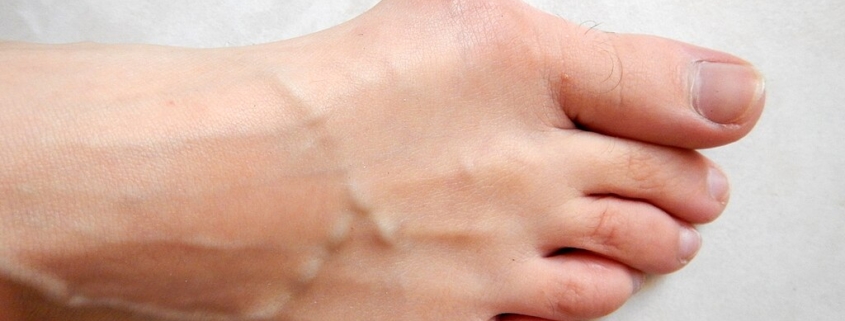
Bunions
Overview
Bunions are a common and often painful condition that primarily affects adults, particularly women. A bunion forms when the bone structure of the big toe changes, causing a bony prominence to protrude from the side of the foot. This can result in discomfort and significant restrictions in footwear choices and daily activities.
Types
There are two main types of bunions: positional (or adolescent) bunions and structural (or adult) bunions.
Causes
Various factors may contribute to bunion formation. Primary causes could be genetics and foot structure. wearing tight, narrow shoes, especially high heels, could also put you at risk. Certain conditions such as arthritis can exacerbate the development.
Symptoms
The most obvious sign of a bunion is a bulge on the side of your foot near the base of your big toe. Other symptoms can include pain and soreness, inflammation and redness, a burning sensation and possible numbness.
Diagnosis
A diagnosis can be made by a podiatrist who will analyze your symptoms and may order an X-ray to understand the extent of the condition better.
Treatment Options
Treatment options range from non-surgical methods such as shoe modifications, orthotics, and anti-inflammatory medications to surgical treatment. If conservative treatment methods fail, bunion surgery, known as a bunionectomy, may be required.
Living With Bunions
Living with bunions can be challenging but manageable. Wearing comfortable, well-fitting shoes, using orthotic devices, icing your bunion regularly, and maintaining a healthy weight can all help.
When to Seek Help
You should seek immediate medical help if you:
-
- Experience persistent or severe foot pain.
-
- Can’t perform daily activities without pain.
-
- Have a visible bump on your big toe.
-
- Have decreased movement in your foot or big toe.
Conclusion
While bunions can be painful, the positive news is that they can be managed with the right approach. It is crucial to consult with a healthcare provider to establish the best treatment plan for your needs.
With careful understanding and attention to detail, living with bunions can be manageable. The most crucial advice is, if foot discomfort is limiting your daily activities, don’t hesitate to get help. Early treatment is the key to relieving pain and stopping the progression towards a more significant issue. If bunions are left untreated, they can lead to other problems like hammertoes or bursitis.
Remember to treat your feet with kindness. Always choose comfortable and well-fitted shoes, manage your weight, and consult your healthcare provider regularly so you can stride forward with confidence. With the right care and support, you can live comfortably and fully, even with bunions.
